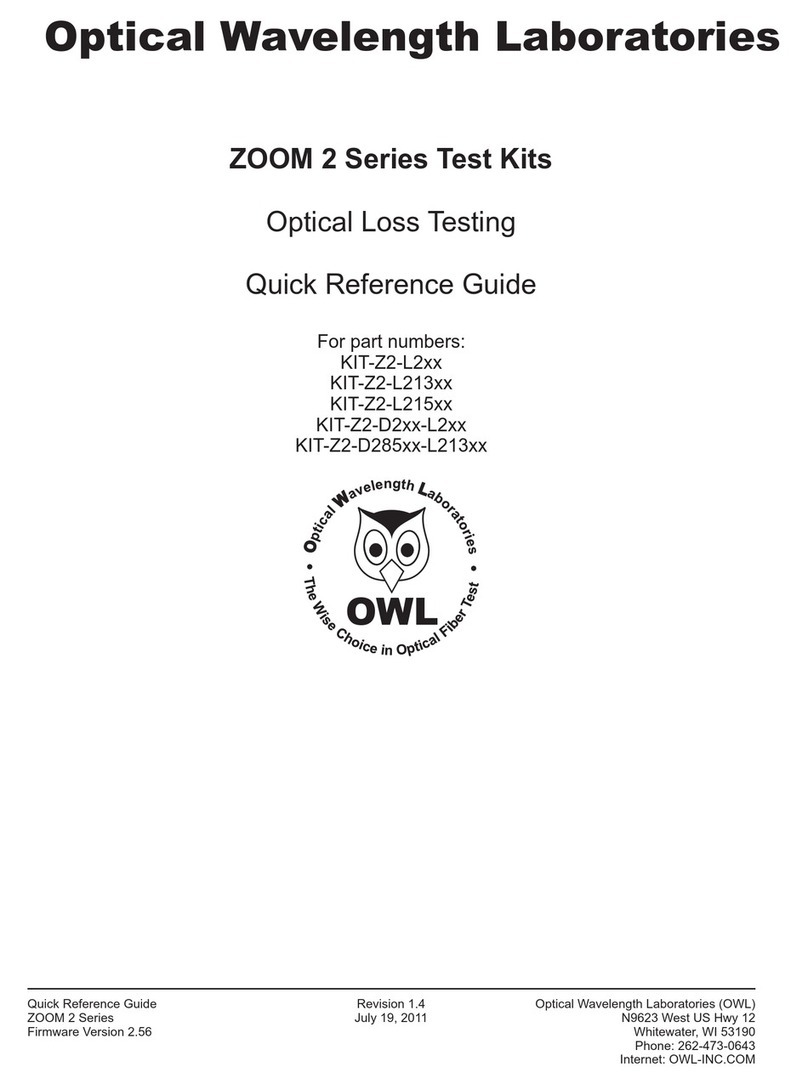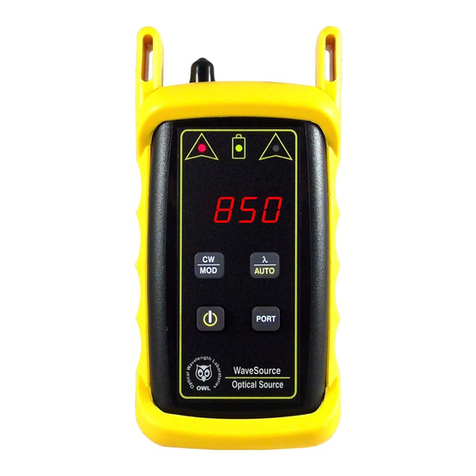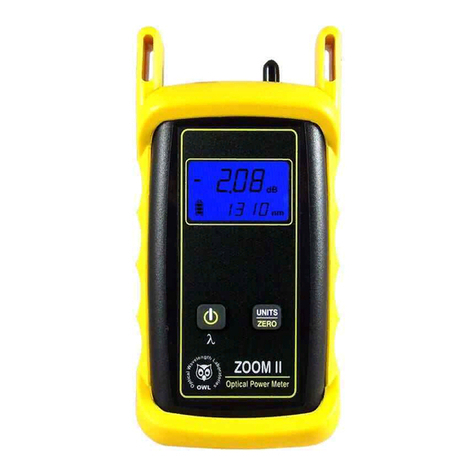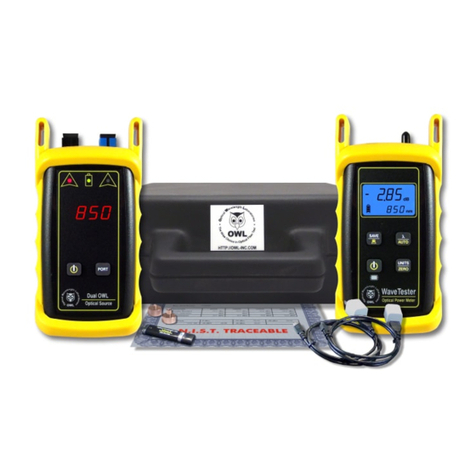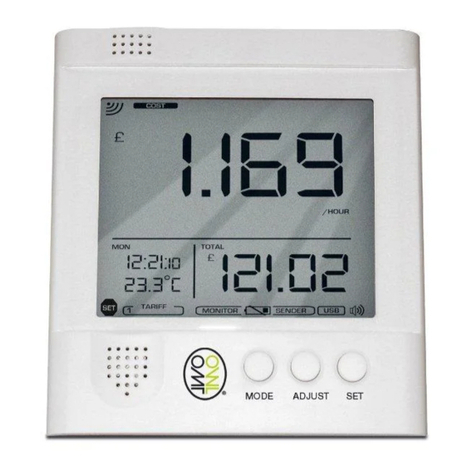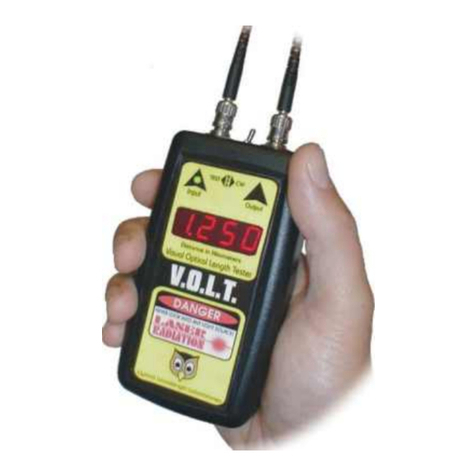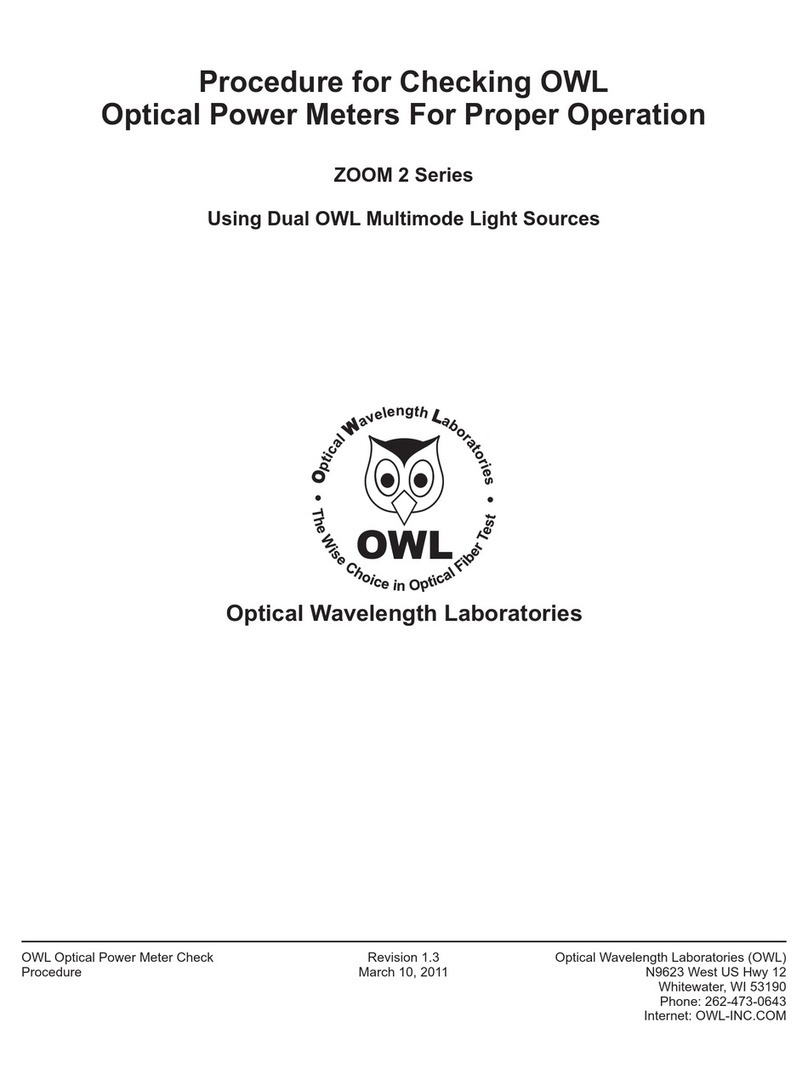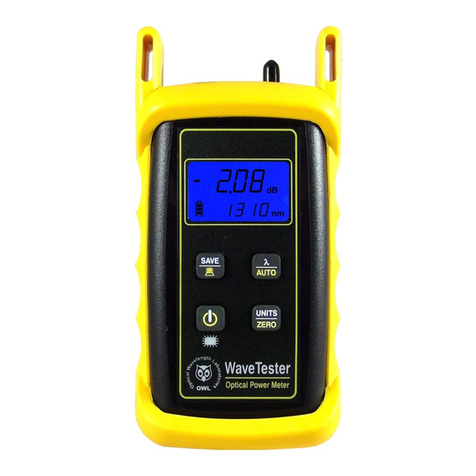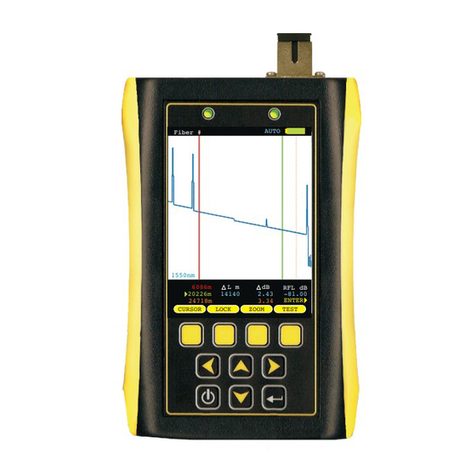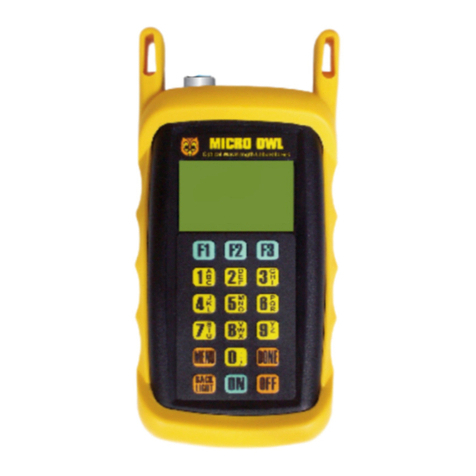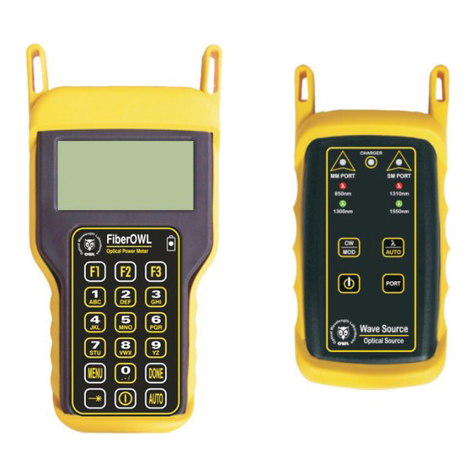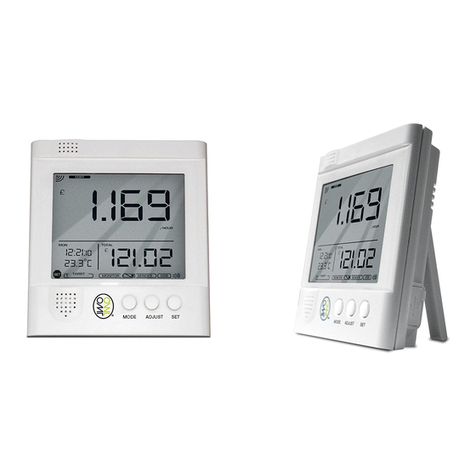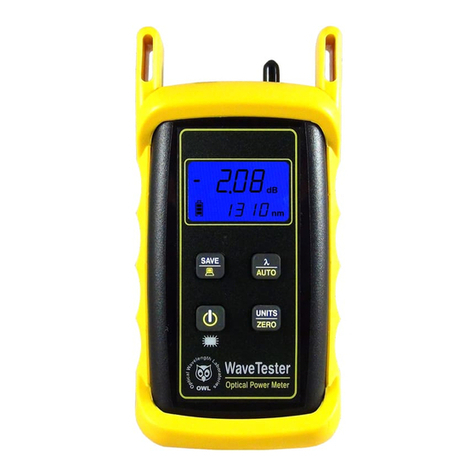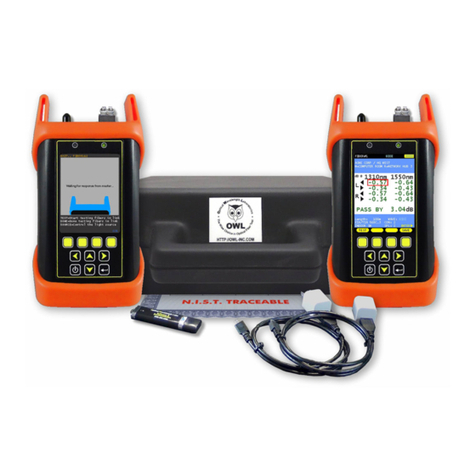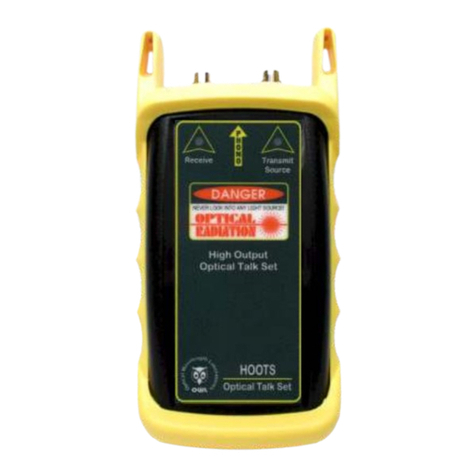
3.1.1 Safety - Exercise caution when working with optical equipment. Most transmission equipment and
light sources use light that is invisible to the human eye. High energy light is potentially dangerous, and can
cause serious, irreparable damage to the eye. Thus, it is recommended to look into the connector NEVER
port of a light source or the end of a fiber.
3.2.1 Cleaning Supplies - It is recommended to clean fiber ferrules before each insertion with 99% or better
isopropyl alcohol and a lint free cloth. A can of compressed air should be available to dry off the connector
after wiping, and to blow out dust from bulkheads.
3.2.2 Patch Cords - Patch cords may be needed to connect the MPO light source to the system under test.
The connector styles on the patch cord must match the type on the MPO light source and the type of the
system under test.
MPO light sources can be used as diagnostic and measurement tools of optical transmission systems and
fiber optic links. These applications can be found in several industries, including premise, LAN, CATV, and
Telco.
3.1 PRECAUTIONS
3.1.2 Operational - In order to ensure accurate and reliable readings, it is vitally important to clean ferrules
containing optical fibers and optical connector ports. If dirt, dust, and oil is allowed to build up inside
connector ports, this may scratch the emitting surface of the light source, producing erroneous results.
Replace dust caps after each use.
3.0 APPLICATIONS
3.2 REQUIRED ACCESSORIES
3.2.3 Optical Fiber Adapters - Optical fiber adapters are used to connect two connectorized fibers together,
and may be necessary to adapt your patch cords to the system under test.
3.3 TYPICAL APPLICATIONS
MPO light sources are designed to emit a temperature-stabilized source of light to be used for optical loss
measurement. The MPO light source serves as an optical reference, which is otherwise known as the “zero”
point when a power meter is “zeroed”. Optical loss measurements are useful for measuring the attenuation,
or loss, of a fiber link. The loss value can then be compared to a pre-calculated link budget, which is used to
determine if the fiber link will operate within the parameters of the transmission equipment.
The formula for calculating loss in a fiber link is: L = P - P
a r
where L is the amount of optical loss in dB, P is the absolute power in dbm, and P is the reference power in
a r
dBm.
Optical loss measurements can also be used for fiber optic link certification. Link certification is a process
where optical loss measurements are compared to a link budget calculated using fiber optic cabling
standards.
- 4 -


